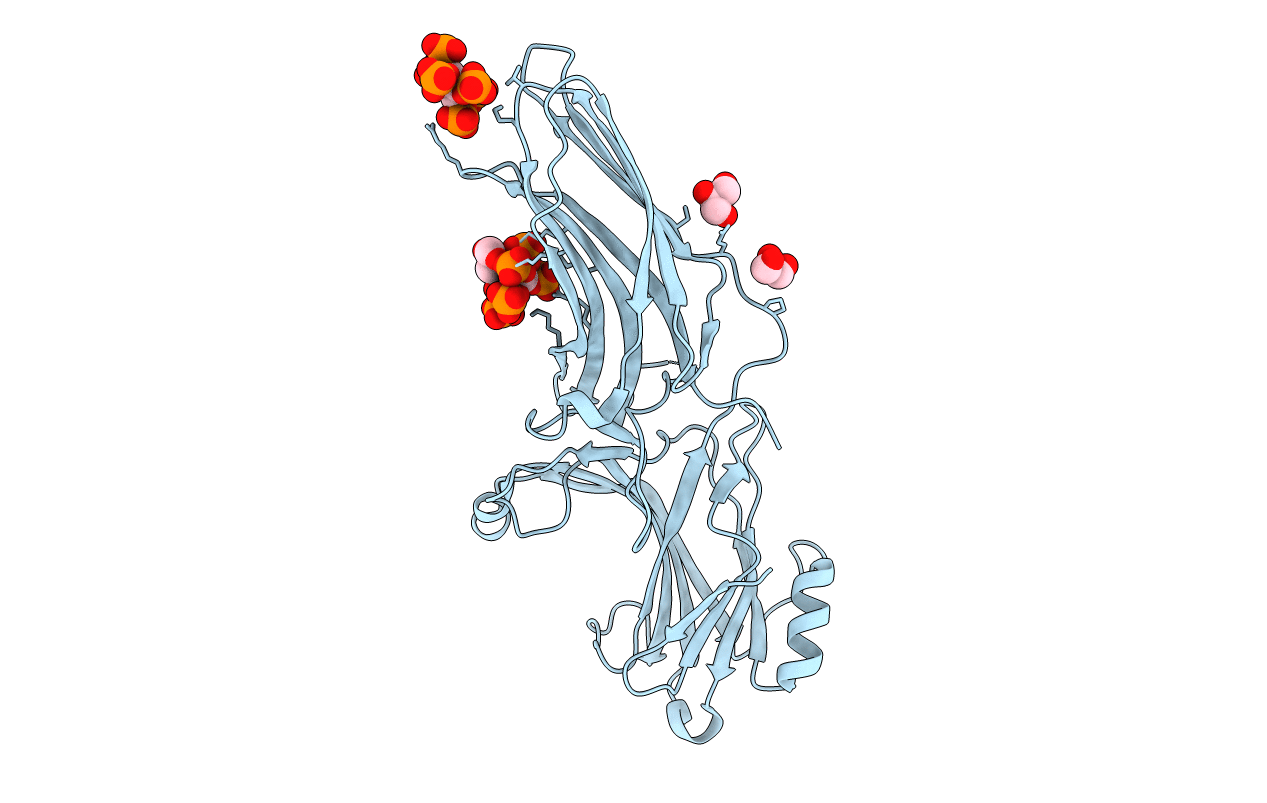
Deposition Date
2016-11-07
Release Date
2017-11-22
Last Version Date
2023-10-04
Method Details:
Experimental Method:
Resolution:
2.40 Å
R-Value Free:
0.24
R-Value Work:
0.19
R-Value Observed:
0.19
Space Group:
P 63


